Developing a comprehensive nursing care plan for osteoporosis patients requires a thorough understanding of the nursing diagnosis for this condition. Learn about common nursing diagnoses for osteoporosis and how they can be used to improve patient outcomes. Discover assessment, planning, and intervention strategies for osteoporosis nursing care plans.
What is Osteoporosis?
Osteoporosis is a metabolic bone disorder in which the rate of bone resorption accelerates while the rate of bone formation slows down, causing a loss of bone mass. Bones affected by this disease lose calcium and phosphate salts and thus become porous, brittle, and abnormally vulnerable to fractures. Osteoporosis may be primary or secondary to an underlying disease. Primary osteoporosis is commonly called postmenopausal osteoporosis because it typically develops in postmenopausal women. Secondary osteoporosis occurs when an underlying disease, deficiency, or drug causes osteoporosis (Elam et al., 2022).
Osteoporosis is the most common metabolic bone disease in the United States. It does not become clinically apparent until a fracture occurs and so is sometimes referred to as the “silent disease”. Two-thirds of vertebral fractures are painless, although clients may complain of the resulting stooped posture and height loss (Elam et al., 2022).
Osteoporosis is a serious health concern, as it can lead to fractures, chronic pain, and disability. Prevention and early detection are key in managing this condition. Medical management of osteoporosis aims at slowing down or preventing further bone loss, controlling pain, and avoiding additional fractures.
Nursing Care Plans and Management
Nursing care plans for clients with osteoporosis should focus on promoting mobility and activity, reducing the risk of falls and fractures, managing pain, educating the client on nutrition and supplementation, and preventing further complications.
Nursing Problem Priorities
The following are the nursing priorities for patients with osteoporosis:
- Assess bone density and fracture risk
- Manage pain and facilitate mobility
- Offer emotional support and education
- Ensure treatment plan adherence
- Create a safe environment for fall prevention
- Provide education on lifestyle modifications
- Collaborate with interdisciplinary teams
Nursing Assessment
Assess for the following subjective and objective data:
- Loss of height over time and development of a stooped posture (kyphosis or dowager’s hump)
- Fractures that occur with minimal trauma or low-energy injuries, especially in the spine, hips, wrists, or ribs
- Back pain, usually caused by vertebral compression fractures.
- Decreased bone density or osteopenia detected through bone mineral density (BMD) testing.
- Bone fragility
- Weakening of the bones over time
- Receding gums or tooth loss
- Changes in posture and body shape, with a noticeable curvature of the spine
- Limited mobility or loss of mobility due to fractures and bone fragility
- Increased susceptibility to fractures even with minor falls or accidents
Assess for factors related to the cause of osteoporosis:
- Bone loss
- Pain
- Fracture
- Inability to bear weight
- Inadequate calcium and vitamin D
- Sarcopenia
- Drug toxicity, interactions with prescribed medications (bisphosphonates)
- Polypharmacy
- Analgesic abuse
Nursing Diagnosis
Nursing diagnoses provide a standardized method for recognizing, prioritizing, and addressing specific client needs and responses in relation to osteoporosis, including both actual and high-risk problems. They encompass the identification of current or potential health issues that can be effectively prevented or resolved through independent nursing interventions. Formulating nursing diagnoses becomes essential after conducting a thorough assessment to effectively address the patient’s current and potential health concerns related to osteoporosis. These diagnoses serve as a framework for developing and implementing personalized nursing interventions, aiming to optimize patient care.
Nursing Goals
Goals and expected outcomes may include:
- The client will maintain functional mobility as long as possible within the limitations of the disease process.
- The client will have a few if any, complications related to immobility as the disease condition progresses.
- The client will demonstrate an adequate intake of calcium and vitamin D.
- The client will regain lost muscle mass and strength.
- The client will be able to prescribe medications in the correct quantities at the correct times, and will not exhibit signs or symptoms of drug interaction or toxicity.
- The client will be able to accurately verbalize an understanding of the need for one medical provider to control care.
- The client and/or family will be able to accurately verbalize understanding of all medications, their effects, side effects, and potential drug interactions.
- The client and/or family will be compliant with providing a safe environment for the patient by keeping medications in a secure location.
- The client will be able to accurately verbalize understanding of appropriate medication administration.
Nursing Interventions and Actions
Therapeutic interventions and nursing actions for patients with osteoporosis may include:
1. Enhancing Physical Mobility
Clients with osteoporosis experience impaired physical mobility due to the effects of bone loss, pain, and fractures on the skeletal system. As bone density decreases, the bones become weaker and more prone to fractures, which can limit movement and cause pain. Furthermore, the inability to bear weight due to fractures or pain can further limit mobility, leading to a cycle of decreased activity and worsening bone health.
Assess the client’s functional ability for mobility and note changes.
This identifies problems and helps to establish a plan of care. Examination of active and passive range of motion (ROM) assists in determining whether spine, hip, wrist, or other osseous pathology may be present. Additionally, clients with osteoporosis are known to have decreased balance, possibly secondary to differences in balance control strategies and sway amplitude (Elam et al., 2022).
Assess the degree of immobility produced by injury or treatment and note the client’s perception of immobility.
The client may be restricted by self-view or self-perception out of proportion with actual physical limitations, requiring information or interventions to promote progress toward wellness. Osteoporosis causes chronic pain, decreased physical function, and participation in social activities, and impairments in the health-related quality of life due to depression (Sen et al., 2020).
Monitor blood pressure (BP) with the resumption of activity. Note reports of dizziness.
Postural hypotension is a common problem following prolonged bed rest and may require specific interventions (tilt table with gradual elevation to an upright position). Typically, when the client stands up, their blood vessels constrict to maintain blood pressure and prevent blood from pooling in the legs. However, when on prolonged bed rest, the body is not used to the change in position, and the blood vessels may not constrict as quickly or effectively as they should.
Auscultate bowel sounds. Monitor elimination habits and provide for regular bowel routines. Place on bedside commode, if feasible, or use fracture pan. Provide privacy.
Bed rest, use of analgesics, and changes in dietary habits can slow peristalsis and produce constipation. Nursing measures that facilitate elimination may prevent or limit complications. The fracture pan limits the flexion of hips and lessens the pressure on the lumbar region and lower extremity cast. A fracture pan can be slid underneath without lifting the client or even changing their position.
Assess the client’s fracture risk.
A thorough history should be obtained to screen for and identify the presence of known risk factors for osteoporosis and osteoporotic fracture. The Fracture Risk Assessment (FRAX) tool, accessible to healthcare providers and clients, is a validated instrument used to estimate 10-year risks for fractures (Elam et al., 2022).
Provide range of motion exercises every shift. Encourage active range of motion exercises.
This helps to prevent joint contractures and muscle atrophy. A FABER (flexion in the abduction and external rotation) hip joint test may reveal limited ROM with end-range pain. This also increases blood flow to muscles and bone to improve muscle tone, and maintain joint mobility; prevents contractures or atrophy and calcium resorption from disuse. Clients with hip fractures may show decreased weight-bearing on the fractured side or an antalgic gait pattern (Elam et al., 2022).
Reposition the client every two hours and as needed.
Turning at regular intervals prevents skin breakdown from pressure injury. Approximately 50% of previously independent individuals become partially dependent, and one-third become completely dependent. Only one-third of clients return to their pre-fracture level of function (Elam et al., 2022).
Apply trochanter or hand rolls and/or pillows to maintain joint alignment. Provide footboard and wrist splints, as appropriate.
This prevents musculoskeletal deformities. These are also useful in maintaining a functional position of extremities, hands, and feet, and preventing complications (contractures, foot drop). Trochanter rolls are placed on either side of the hip to help keep the legs in proper alignment and prevent the hips from rotating outward. Hand rolls are placed in the palm of the hands to help maintain proper alignment of the wrists and prevent contractures or deformities from developing.
Assist the client with walking if at all possible, utilizing sufficient help. A one or two-person pivot transfer utilizing a transfer belt can be used if the client has a weight-bearing ability.
This preserves the client’s muscle tone and helps prevent complications of immobility. Transferring a client may be considered a high-risk maneuver because of the potential harm posed to the client and the provider. Using assistive devices such as gait belts, walking belts, and multi-person teams may reduce the burden placed on the staff who routinely perform client transfers (Bergman & De Jesus, 2022).
Use mechanical lifts for clients who cannot bear weight, and help them out of bed at least daily.
This provides a change of scenery, and movement, and encourages participation in activities. Sufficient space is needed for the lift to be maneuvered around furniture or between rooms. Floor surfaces must allow the lift device to be moved safely. All mechanical lifts require a sling to support the client during transfers. Choosing the right size sling based on the client’s weight, height, and hip measurements and the manufacturer’s recommendation is important to avoid the risk of the client slipping or falling from the sling during transfers (Fields et al., 2021).
Avoid restraints as possible.
Inactivity created by the use of restraints may increase muscle weakness and poor balance. Additionally, poor balance may be noted particularly in clients with severe kyphosis resulting from vertebral compression fractures because their altered center of gravity makes ambulation with a stable base of support difficult for them (Elam et al., 2022).
Instruct family regarding ROM exercises, methods of transferring clients from bed to wheelchair, and turning at routine intervals.
This prevents complications of immobility and knowledge assists family members to be better prepared for home care. Many family caregivers receive inadequate preparation and support to perform medical and nursing tasks, with most reporting they learned to do so on their own and would have found the tasks easier if they’d had more or better instruction and help from others. Nurses can play an important role in addressing these unmet needs by identifying, assessing, preparing, and supporting family caregivers who perform complex tasks (Fields et al., 2021).
Encourage participation in diversional or recreational activities. Maintain a stimulating environment (radio, TV, newspapers, personal possessions, pictures, clock, calendar, visits from family and friends).
This provides an opportunity for the release of energy, refocuses attention, enhances the client’s sense of self-control, and self-worth, and aids in reducing social isolation. Advanced age, ill health, and little mobility can all have an impact on social networks and social interaction. Having friends a few doors away ad belonging to the same clubs and enjoying the same activities may keep loneliness and depression at bay (Healthtalk.org, 2021).
Encourage the use of isometric exercises starting with the unaffected limb.
Isometrics contract muscles without bending joints or moving limbs and help maintain muscle strength and mass. Note: These exercises are contraindicated while acute bleeding and edema are present. Isometric exercises should also be used to strengthen abdominal muscles, aiding in the prevention of kyphosis (Elam et al., 2022).
Place in a supine position periodically if possible, when traction is used to stabilize lower limb fractures.
This reduces the risk of flexion contracture of the hip. Depending on the type of fracture sustained by the client, they may be immobilized in a splint or cast (Buckley & Poduval, 2022).
Instruct and encourage using a trapeze and “post position” for lower limb fractures.
This facilitates movement during hygiene or skin care and linen changes; reduces the discomfort of remaining flat in bed. “Post position” involves placing the uninjured foot flat on the bed with the knee bent while grasping the trapeze and lifting the body off the bed. Careful client education is imperative to ensure that the client is aware of potential problems so that steps can be taken to achieve the best possible outcome (Buckley & Poduval, 2022).
Assist with self-care activities (bathing, shaving).
This improves muscle strength and circulation, enhances client control in the situation, and promotes self-directed wellness. Training in the performance of activities of daily living (ADLs) and in the proper use of adaptive equipment are essential to the prevention of future falls (Elam et al., 2022).
Provide and assist with mobility by means of a wheelchair, walker, crutches, and canes as soon as possible. Instruct in the safe use of mobility aids.
Early mobility reduces complications of bed rest (phlebitis) and promotes healing and normalization of organ function. Learning the correct way to use aids is important to maintain optimal mobility and client safety. Studies show that 40% of clients are unable to walk independently and more than 60% require assistance sooner or later. Individuals suffering from osteoporosis experience low muscle strength and bone weakness that may significantly impact their ability to perform routine tasks. These clients require the use of different assistive devices that are relevant to a wide variety of living situations (Day Elevator and Lift, 2021).
Provide a diet high in proteins, carbohydrates, vitamins, and minerals, limiting protein content until after the first bowel movement.
In the presence of musculoskeletal injuries, nutrients required for healing are rapidly depleted, often resulting in a weight loss of as much as 20 to 30 lb during skeletal traction. This can have a profound effect on muscle mass, tone, and strength. Note: Protein foods increase contents in the small bowel, resulting in gas formation and constipation. Therefore, the gastrointestinal (GI) function should be fully restored before protein foods are increased. It is observed that especially proteins rich in leucine play an important role because they have anabolic properties (Papadopoulou et al., 2021).
Consult with a physical, occupational therapist, or rehabilitation specialist.
This is useful in creating individualized activities and exercise programs. The client may require long-term assistance with movement, strengthening, and weight-bearing activities, as well as the use of adjuncts (walkers, crutches, canes); elevated toilet seats; pickup sticks or reachers; special eating utensils. Physical therapy focuses on improving the client’s strength, flexibility, posture, and balance to prevent falls and maximize physical function (Elam et al., 2022).
Refer to a psychiatric clinical nurse specialist or therapist as indicated.
The client or the significant other (SO) may require more intensive treatment to deal with the reality of the current condition, prognosis, prolonged immobility, and perceived loss of control. Individuals may experience fear (particularly of falling or fracture), depression, and other psychological outcomes. These consequences are often underestimated when considering the overall burden of osteoporosis (Kerr et al., 2017).
Perform measures to relieve fracture pain.
In clients who have experienced an osteoporotic fracture, the first goal of rehabilitation is to control pain. Oral analgesics can be implemented. Nonpharmacologic pain-relieving modalities such as moist hot packs and transcutaneous electrical stimulation should also be considered (Elam et al., 2022).
2. Optimizing Nutritional Balance
Nutrition is a common issue for clients with osteoporosis due to inadequate intake of calcium and vitamin D, which are essential for maintaining bone health. Osteoporosis causes bones to become brittle and fragile, and without sufficient calcium and vitamin D, the body cannot build or maintain strong bones. As a result, clients with osteoporosis may have a higher risk of fractures and other complications related to bone health.
Assess the client’s weight and height.
This is to determine the client’s body mass index (BMI) and to identify if the client is underweight and also it guides in assessing the risk of bone loss and fractures. One of the risk factors for osteoporosis includes having a thin build or small stature, with a body weight of less than 127 lb (57.6 kg) (Elam et al., 2022).
Observe for signs of malnutrition such as dry, cracked skin, thinning hair, brittle nails, and poor wound healing.
Malnutrition can result in a deficiency of essential nutrients such as calcium, protein, and vitamin D which are important for maintaining strong and healthy bones. Vitamin D is increasingly being recognized as a key element in overall bone health, calcium absorption, balance, and muscle performance (Elam et al., 2022).
Assess the client’s dietary intake.
This is to determine whether the client is consuming enough calories and nutrients to meet the body’s needs. Clients with osteoporosis require an adequate intake of calcium, vitamin D, and protein to support bone health. As age increases, there is a decline in energy intake, which can reach as high as 16 to 20% in older adults >65 years. Older adults may eat more slowly, eat fewer and smaller meals, and have a reduced appetite. In addition to reduced food intake, the quality of the diet also plays an important role in muscle strength (Papadopoulou et al., 2021).
Assess the client’s history of fractures, conduct a bone density scan, and check for signs of bone loss or fragility.
A bone health assessment can help identify any underlying conditions or lifestyle factors that may be contributing to bone loss. Clients with acute insufficiency fractures may report a history of minimal or no trauma resulting in pain. They may report a fall from a standing or sitting position. Clients with compression fractures resulting in thoracic kyphosis may report iliocostal friction. Clients who have sustained a vertebral compression fracture may note progressive kyphosis with loss of height (Elam et al., 2022).
Assess for comorbid conditions that contribute to significant bone loss.
Poor nutritional states, such as anorexia nervosa, have been strongly associated with bone loss. Nutritional and endocrine factors contribute to bone loss; in particular, low estrogen states, which result from low body weight, result in significant bone loss (Elam et al., 2022).
Instruct recommended daily intake for calcium.
Premenopausal women (19-50 years old) need 1,500 mg of calcium daily. After menopause, the requirement is 1,200 mg daily. Getting enough vitamin D is equally important as getting enough calcium because vitamin D aids in the absorption of calcium and improves muscle strength. The minimum daily requirement of vitamin D in clients with osteoporosis is 800 IU of cholecalciferol. Many clients require higher levels to be considered vitamin D replete, which is defined as a serum 25-hydroxyvitamin D level of at least 32 ng/mL (Elam et al., 2022).
Instruct on the importance of adequate exposure to sunlight to prevent vitamin D deficiency.
Adequate exposure to sunlight is crucial to prevent vitamin D deficiency because sunlight is the main source of vitamin D. It plays an important role in maintaining bone health, regulating calcium absorption, and supporting immune function. The client should be outside for at least 15 minutes daily.
If the client has limited exposure to sunlight, encourage vitamin D supplementation.
Supplementation will ensure adequate vitamin D intake. Commonly used calcium supplements include calcium carbonate and calcium citrate. Calcium carbonate is generally less expensive and is recommended as a first-choice option. Calcium carbonate has better absorption with food, as opposed to calcium citrate, which is better absorbed in the fasting state (Elam et al., 2022).
Instruct the client to perform gentle exercises.
Exercise can help build strong bones and slow bone loss. Strength-training exercises should be combined with weight-bearing exercises. Strength training helps in bone and muscle strength. Proper therapy for osteoporosis includes three to five sessions per week of weight-bearing exercises, such as walking or jogging, with each session lasting 45 to 60 minutes (Elam et al., 2022).
Limit alcohol intake
Consuming more than two alcoholic drinks a day may decrease bone formation and reduce the body’s ability to absorb calcium. Excessive alcohol intake can interfere with calcium balance by increasing PTH production and by inhibiting the enzymes that convert inactive vitamin D to its active form; in addition, alcohol can result in hormonal deficiencies and can increase the tendency for falls (Elam et al., 2022).
Provide education regarding a balanced diet.
A diet for clients with osteoporosis should focus on providing adequate amounts of calcium, vitamin D, and other essential nutrients that support skeletal metabolism. Adequate calcium and vitamin D intake are important in persons of any age, particularly in childhood as the bones are maturing, and are essential in the prevention and treatment of osteoporosis (Elam et al., 2022).
Limit caffeine intake.
Limit the number of caffeinated beverages to about two to three cups of coffee a day. As long as the diet contains adequate calcium, moderation in caffeine consumption won’t harm the client. Note also caffeine-containing beverages like colas and some teas. Caffeine consumption appears to increase the risk of losing bone density. Caffeine also interferes with how the body uses calcium, which is essential to bone health (Dellwo, 2023).
Refer the client to a registered dietician.
A dietician assesses the client’s diet and develops a balanced, nutrient-rich diet that is tailored to their specific needs and goals. The dietitian should educate the client on a calcium-rich diet and the need to take vitamin D supplements (Porter & Varacallo, 2022).
Provide information about sources of vitamin D and calcium.
Good dietary sources of vitamin D include eggs, liver, butter, fatty fish, and fortified food such as milk and orange juice. Good dietary sources of calcium include dairy products, sardines, nuts, sunflower seeds, tofu, vegetables such as turnip greens, and fortified food such as orange juice (Elam et al., 2022).
Promote increased intake of protein.
Many studies investigating the effect of protein on muscle maintenance and the progression of sarcopenia confirm their essential role in preventing the disease. ESPEN suggests a diet consisting of at least 1.0 to 1.2 g protein/kg body weight/day for healthy older adults and 1.2 to 1.5 g protein/kg body weight for older adults with chronic or acute illness. Dietary patterns, such as the Mediterranean diet, probably have a positive effect on muscle maintenance, as it provides antioxidants that reduce oxidative stress, one of the main causes of sarcopenia (Papadopoulou et al., 2021).
3. Preventing Poisoning
Clients with osteoporosis are at risk for poisoning due to various factors, including polypharmacy, analgesic abuse, and the use of bisphosphonates. Polypharmacy, or the use of multiple medications, can increase the risk of drug interactions and toxicity. Analgesic abuse, particularly with non-steroidal anti-inflammatory drugs (NSAIDs), can lead to gastrointestinal bleeding and other complications. Bisphosphonates, while effective in treating osteoporosis, can cause toxicity if not taken as directed. Therefore, careful monitoring and management of medications are crucial for clients with osteoporosis to minimize the risk of poisoning. Additionally, the mechanism underlying the association between polypharmacy and osteoporotic fractures could be explained by the exacerbation of osteoporosis caused by the medications included in polypharmacy (Park et al., 2019).
Evaluate the client’s entire collection of medications, including over-the-counter drugs, vitamin and mineral supplements, herbal remedies, and dietary regimens.
This provides information as to what drugs and substances are being utilized concurrently and what drug interactions may occur with concurrent use, as well as with dietary consumption. Incorrect administration of medications to be taken on an empty stomach may cause inhibition of the appropriate action of the drug. Concurrent use of other medications can result in potentiation of action and create drug toxicity.
Monitor laboratory results for toxicity levels, imbalances of electrolytes, and other factors pertinent to the client’s medication profile.
This helps reduce the risk of toxicity. Age-related changes in the body, such as renal or liver impairment, decrease the metabolism of drugs, so what may be considered a normal dosage may become toxic for a client with impaired function. Older adults generally have a higher risk of mortality when exposed to a potentially toxic compound, compared to younger clients. Although clients ≥70 years old represent a relatively small proportion of cases reported to the American Poison Control Centers, they contributed to 16% of poison-related deaths in 2020 (Rietjens et al., 2022).
Assess for psychiatric comorbidities, especially among older adults.
According to a study, 18% of poisonings were intentional. If this was done secondary to an underlying psychiatric illness that is not diagnosed or inadequately treated, then these types of poisonings could be preventable. Depression in older adults is often undetected or inadequately treated. Therefore, the diagnosis and treatment of psychiatric conditions should be optimized in older adults (Rietjens et al., 2022).
Encourage the client and/or family to utilize one primary healthcare provider to coordinate care.
This prevents the utilization of several healthcare providers who are unaware of each other’s treatment regimens and may duplicate medication or prescribe medication that may affect other drugs. Providing home-based primary care allows the healthcare provider to actively engage in behaviors that can help reduce the polypharmacy of homebound clients. Clients receiving home-based primary care services do not engage with many specialty providers; therefore, it may be possible for the home-based primary care team to assume full responsibility for a client’s medication list and engage in judicious and thoughtful prescribing (Schneider & Koretz, 2022).
Administer medications as ordered, being cognizant of any interactions that might be possible.
Most of the time, older adult clients are on several medications, and the medicines used in the treatment of osteoporosis can interact with other drugs, causing either a decrease or potentiation of other actions. Glucocorticoid use is a major cause of secondary osteoporosis as it induces osteoporosis and osteonecrosis. In addition to glucocorticoids, commonly prescribed medications such as antacids may reduce bone mineral density (Park et al., 2019).
Provide instructions for the use of medications, quantity, frequency, number of doses and times, and under what conditions they are to be taken.
This facilitates understanding of the medication regimen and provides reference material once the patient is discharged. It is a critical chance to engage in client and caregiver education around medication safety and proper administration. A study observed that home-care nurse-led medication reconciliation decreased the number of medications after a reconciliation in upwards of 91% of clients (Schneider & Koretz, 2022).
Ensure medication labels are inscribed in large print with dosage instructions.
This prevents medication errors for clients with visual impairments. Confusion between medications may be caused by similar appearances of the medications or poor eyesight. Clear labeling of medication using larger font sizes may prevent these mistakes (Rietjens et al., 2022).
Assist the client and/or family to establish a system of following the medication regimen accurately, such as the use of calendars, charts, medication boxes that are labeled for each day of the week, and so forth.
This assists in the reduction of medication errors and assists the family to be involved in the client’s care. Clear medication instructions and the use of daily or weekly medication dispensers or automatic medication dispensers (automatically releasing the correct dose of the medication at a specified time) will improve medication adherence (Rietjens et al., 2022).
Discuss medications with the healthcare provider about the potential for using alternative long-acting drugs that require only one daily dosage.
This may help to decrease the number of medications per day and simplify the client’s regimen and facilitate compliance. Professionals should perform prescription interventions to replace or remove falls-risk-increasing drugs (FRIDs) or inappropriate medications, and to include osteoporosis prevention or treatment mediations if they are indicated. The purpose of the intervention is not to reduce the number of prescription drugs unconditionally but rather to optimize the appropriateness of individual medicines prescribed and minimize the problems that may arise when multiple drugs are coadministered (Park et al., 2019).
Instruct client/family regarding all medications, their use, effects and side-effects, and adverse reactions that should be reported to the healthcare provider.
This helps to promote knowledge and facilitates compliance. A qualitative study aimed to better understand the challenges that home-care nurses face when addressing polypharmacy in homebound clients. The nurses identified ineffective collaboration and communication with other healthcare providers and inconsistent medication reconciliation practices between care settings as barriers to addressing polypharmacy (Schneider & Koretz, 2022).
Instruct the client and/or family to store drugs in a secure area away from the bedside.
Older adult clients may have some memory loss, forgetting that they’ve already taken medicine, and double the dose taken. Frequently, older adult clients keep their medications on their bedside tables to prevent the need to get up at night. If the client is severely cognitively impaired, medications should be kept out of their reach and only administered under direct supervision (Rietjens et al., 2022).
Instruct the client and/or family regarding interactions that may occur with concurrent medication usage.
SERMS decreases the action of anticoagulants and ampicillin; bisphosphonates can result in hypercalcemia; estrogens can decrease the action of anticoagulants and oral hypoglycemics, and other drugs; calcium can decrease the action of estrogens. The risk for acute kidney injury in clients taking bisphosphonates is also increased by the coadministration of zoledronic acid with nephrotoxic or diuretic medications (Elam et al., 2022).
Double-check the medications to be administered every single time before administration.
A Danish Poison Center study showed that in nursing homes most poisonings were caused by administration errors. It was shown that approximately half of the medication errors made by nurses working in nursing homes involved inadvertent administration of medication of another resident. Administration errors occurring in nursing homes could be prevented by independent double-checking, especially when high-risk medication is involved (Rietjens et al., 2022).
Instruct the client about adverse reactions caused by zoledronic acid.
In 2012, the FDA made safety labeling changes for zoledronic acid to warn against adverse reactions. These include an acute phase reaction within three days of zoledronic acid administration, which involves symptoms such as pyrexia, fatigue, bone pain and/or arthralgias, myalgias, chills, and influenza-like illness. These symptoms usually resolve within three days of onset but can take 7 to 14 days to resolve, and some symptoms may persist for longer. Hypersensitivity reactions may present as bronchospasms or interstitial lung disease with positive re-challenge (Elam et al., 2022).
4. Enhancing Patient Knowledge
Lack of knowledge is common among clients with osteoporosis due to factors such as fear of further bone loss and fractures, the presence of preventable complications, and a lack of verbalization of the problem and request for information. Clients with osteoporosis may be hesitant to ask questions or seek information about their condition due to anxiety and uncertainty about their prognosis. Furthermore, preventable complications such as falls and fractures may occur due to a lack of awareness and understanding of the disease.
Assess the client’s knowledge of the disease, diet, medication, and exercise program to arrest the progression of bone deterioration.
This provides a basis for teaching and techniques to promote compliance. The disease is not usually detected until 24-40% of the calcium in bone is lost. Despite the adverse effects of osteoporosis, it is a condition that is often overlooked and undertreated, in large part because it is so often clinically silent before manifesting in the form of fractures. Failure to identify at-risk clients, educate them, and implement preventive measures may lead to tragic consequences (Elam et al., 2022).
Assess the client’s understanding of osteoporosis.
Most individuals with osteoporosis are not diagnosed until an acute fracture occurs. Fractures in clients with osteoporosis can occur after minimal or no trauma. For example, a Gallup survey performed by the National Osteoporosis Foundation revealed that 86% of women with osteoporosis had never discussed its prevention with their healthcare provider (Elam et al., 2022).
Screen at-risk populations and clients with few or no risk factors for osteoporosis.
Screening at-risk populations is essential because osteoporosis may also occur in many clients who have few or no risk factors for this condition. Often, clients who have not sustained a fracture do not report symptoms that would alert the clinician to suspect a diagnosis of osteoporosis. Many women do not receive proper screening or treatment for osteoporosis, which, in turn, may result in improper management of this disease and its related complications (Elam et al., 2022).
Provide support for body image and lifestyle changes.
This assists the client to cope with the chronicity of the disease and potential fractures causing pain and immobility. Nutritional factors include adequate protein intake and appropriate calcium and vitamin D supplementation. Clients also need to maintain ideal body weight, as being underweight correlates with an increased incidence of bone loss and fractures (Porter & Varacallo, 2022).
Assist to plan an exercise program according to capabilities; avoid flexion of the spine and wear a corset if appropriate (walking is preferred to jogging).
Exercise will strengthen bones. Vertebral collapse is common and the corset provides support. Aerobic low-impact exercises, such as walking and bicycling, generally are recommended. During these activities, the client must maintain an upright spinal alignment. Sinaki and Mikkelsen showed that exercises that place flexion forces on the vertebrae tend to cause an increase in the number of vertebral fractures in clients (Elam et al., 2022).
Teach the client about nutrition and calcium intake.
Adequate calcium helps to prevent osteoporosis in women with a small frame, increased age, Asians, and Caucasians. The Institute of Medicine (IOM) has issued recommendations for calcium daily intake in older adults. For women older than 50 years, the IOM recommended 1200 mg/day of calcium. The IOM recommended 1000 mg/day of calcium for men 51 to 70 years of age and 1200 mg/day for men over 70 (Elam et al., 2022).
Teach the client that calcium carbonate is the most effective form of calcium.
See Pharmacological Management
Instruct clients that Vitamin D supplementation is indicated for clients with limited sun exposure.
See Pharmacologic Management
Instruct the client on methods to perform activities of daily living (ADLs) and to avoid lifting, bending, or carrying heavy objects.
This prevents injury that can occur with osteoporosis with minimal trauma. Training in the performance of ADLs is also essential to the prevention of future falls. Regular weight-bearing exercise and back extensor strengthening help delay bone loss (Elam et al., 2022).
Instruct the client and/or family in the administration of calcium, vitamin D, estrogens, and other drug therapy for osteoporosis.
This provides a replacement for calcium and helps to decrease bone loss. Pharmacologic prevention methods include calcium supplementation and administration of raloxifene or bisphosphonates. Estrogen is now recommended only if clients are also seeking relief from postmenopausal symptoms (Elam et al., 2022).
Instruct the client about medication for osteoporosis, adverse effects, and the need for follow-up tests.
An informed client is likely to adhere to the medication regimen and report adverse effects. The US Preventive Services Task Force (USPSTF) recommendations state that a minimum of two years may be needed to reliably measure a change in bone mineral density; however, longer intervals may be necessary to improve fracture risk prediction (Elam et al., 2022).
Instruct the client and/or family regarding potential referrals to therapy as warranted.
This may help to provide exercise and the development of an activity program to maintain the bone condition and encourage independence in ADLs. physical therapy focuses on improving a client’s strength, flexibility, posture, and balance to prevent falls and maximize physical function. Tai chi chuan and specific physical therapy programs may be effective in improving balance and reducing falls (Elam et al., 2022).
Teach the client and/or family about the use of assistive devices and safety precautions that are available to maintain mobility.
This prevents further trauma or fractures from falls resulting from lack of support. Occupational therapy also provides information about home modification, which focuses on reducing the risk of falling by installing handrails and grab bars in hallways, stairs, and bathrooms. The use of a shower chair, tub bench, and adaptive bathing devices also can be beneficial. The application of non-skid tape to steps (indoors and outdoors), as well as the removal of throw rugs, may improve home safety (Elam et al., 2022).
Instruct the client about weight-bearing exercises.
Weight-bearing exercise contributes to increasing bone density and prevents bone loss. Proper therapy for osteoporosis includes three to five sessions per week of weight-bearing exercises, such as walking or jogging, with each session lasting 45 to 60 minutes. The client should be instructed in a home-exercise program that incorporates the necessary elements for improving posture and overall physical fitness (Elam et al., 2022).
Emphasize the importance of screening for osteoporosis among men.
Although routinely screening men for osteoporosis is not as widespread a practice as that of screening in women, the USPSTF) indicates that using bone measurement tests in men may not only help to detect this disease but also prevent its associated burden of fractures and fracture-related illness. Approximately 30% of all hip fractures occur in men and the mortality is higher in men than in women (Elam et al., 2022).
Provide information about the prevention of osteoporosis.
Primary prevention of osteoporosis starts in childhood. Clients require adequate calcium intake, vitamin D intake, and weight-bearing exercise. Clients should also be counseled on smoking cessation and moderation of alcohol intake. Clients on long-term glucocorticoid treatment should optimize calcium and vitamin D supplementation and lifestyle modifications (Elam et al., 2022).
5. Administering Medications and Pharmacologic Support
Pharmacological treatment for osteoporosis typically involves the use of medications such as bisphosphonates, selective estrogen receptor modulators (SERMs), or denosumab to slow down bone loss, increase bone density, and reduce the risk of fractures.
Alendronate
Bisphosphonates inhibit the activity of osteoclasts. Oral bisphosphonates must be taken on first rising, without eating or drinking for 30 minutes. Alendronate increases bone mineral density (BMD) at the spine by 8% and the hip by 3.5 %. It reduces the incidence of vertebral fractures by 47% and non-vertebral fractures by 50% over three years (Elam et al., 2022).
Risedronate
Risedronate may be taken once daily or weekly. It is a potent antiresorptive agent that does not affect bone mineralization. It is approved for the treatment and prevention of postmenopausal osteoporosis, male osteoporosis, and glucocorticoid-induced osteoporosis (Elam et al., 2022).
Ibandronate
Ibandronate requires only monthly administration. Ibandronate increases BMD and reduces the incidence of vertebral fractures. It is available as a 150-mg oral tablet and intravenous solution (Elam et al., 2022).
Zoledronic acid
Zoledronate is given IV once yearly. Zoledronic acid inhibits bone resorption by altering osteoclast activity and by inhibiting normal endogenous, as well as tumor-induced, mediators of bone degradation. However, this medication is contraindicated in clients with severe renal failure (Elam et al., 2022).
Raloxifene
Evista is a selective estrogen receptor modulator; it has positive effects on bone mineral density and can be taken at any time of day. Raloxifene is approved for the prevention and treatment of postmenopausal osteoporosis in women. It is available as 60 mg tablets that are given orally daily. Adverse reactions commonly seen include hot flashes, leg cramps, peripheral edema, flu-like syndrome, arthralgia, and sweating (Elam et al., 2022).
Vitamin D supplementation
Vitamin D supplements are needed for people living in extreme northern or southern latitudes with limited sun exposure. Recommended vitamin D is 200 IU through age 50; 400 IU for 51 to 70-year-olds, and 600 IU for >70 yr. Vitamin D is available as ergocalciferol and cholecalciferol. Vitamin D is metabolized into active metabolites. These metabolites promote the active absorption of calcium and phosphorus by the small intestine, elevating serum calcium and phosphate levels sufficiently to permit bone mineralization (Elam et al., 2022).
Calcium carbonate
Calcium carbonate is best absorbed in an acidic stomach. Adults 19 to 50 years of age should take 1000 mg of elemental calcium daily and individuals 51 years above should take 1,200 mg daily. Calcium carbonate is generally less expensive and is recommended as a first-choice option. Therefore, fewer tablets are needed with calcium carbonate than with calcium citrate (Elam et al., 2022).
Recommended Resources
Recommended nursing diagnosis and nursing care plan books and resources.
Disclosure: Included below are affiliate links from Amazon at no additional cost from you. We may earn a small commission from your purchase. For more information, check out our privacy policy.
Ackley and Ladwig’s Nursing Diagnosis Handbook: An Evidence-Based Guide to Planning Care
We love this book because of its evidence-based approach to nursing interventions. This care plan handbook uses an easy, three-step system to guide you through client assessment, nursing diagnosis, and care planning. Includes step-by-step instructions showing how to implement care and evaluate outcomes, and help you build skills in diagnostic reasoning and critical thinking.

Nursing Care Plans – Nursing Diagnosis & Intervention (10th Edition)
Includes over two hundred care plans that reflect the most recent evidence-based guidelines. New to this edition are ICNP diagnoses, care plans on LGBTQ health issues, and on electrolytes and acid-base balance.

Nurse’s Pocket Guide: Diagnoses, Prioritized Interventions, and Rationales
Quick-reference tool includes all you need to identify the correct diagnoses for efficient patient care planning. The sixteenth edition includes the most recent nursing diagnoses and interventions and an alphabetized listing of nursing diagnoses covering more than 400 disorders.

Nursing Diagnosis Manual: Planning, Individualizing, and Documenting Client Care
Identify interventions to plan, individualize, and document care for more than 800 diseases and disorders. Only in the Nursing Diagnosis Manual will you find for each diagnosis subjectively and objectively – sample clinical applications, prioritized action/interventions with rationales – a documentation section, and much more!

All-in-One Nursing Care Planning Resource – E-Book: Medical-Surgical, Pediatric, Maternity, and Psychiatric-Mental Health
Includes over 100 care plans for medical-surgical, maternity/OB, pediatrics, and psychiatric and mental health. Interprofessional “patient problems” focus familiarizes you with how to speak to patients.

See Also
Other recommended site resources for this nursing care plan:
- Nursing Care Plans (NCP): Ultimate Guide and Database MUST READ!
Over 150+ nursing care plans for different diseases and conditions. Includes our easy-to-follow guide on how to create nursing care plans from scratch. - Nursing Diagnosis Guide and List: All You Need to Know to Master Diagnosing
Our comprehensive guide on how to create and write diagnostic labels. Includes detailed nursing care plan guides for common nursing diagnostic labels.
Other nursing care plans for musculoskeletal disorders and conditions:
- Amputation
- Congenital Hip Dysplasia
- Fracture
- Juvenile Rheumatoid Arthritis
- Laminectomy (Disc Surgery)
- Osteoarthritis
- Osteoporosis
- Physical Mobility & Immobility
- Rheumatoid Arthritis
- Scoliosis
- Spinal Cord Injury
- Total Joint (Knee, Hip) Replacement
References and Sources
References and recommended sources to further your reading about this nursing care plan guide for osteoporosis:
- Bergman, R., & De Jesus, O. (2022, October 17). Patient Care Transfer Techniques – StatPearls. NCBI.
- Buckley, R., & Poduval, M. (2022, March 31). General Principles of Fracture Care: Practice Essentials, Pathophysiology, Etiology. Medscape Reference.
- Day Elevator and Lift. (2021, December 22). Accessibility Devices for Coping with Osteoporosis. Day Elevator & Lift.
- Dellwo, A. (2023, February 7). The Link Between Caffeine and Osteoporosis. Verywell Health.
- Elam, R. E. W., Jackson, N. N., Machua, W., & Carbone, L. D. (2022). Osteoporosis: Practice Essentials, Background, Pathophysiology. Medscape Reference.
- Fields, B. E., Whitney, R. L., & Bell, J. F. (2021, February). Using a Mechanical Lift at Home Using a Mechanical Lift at Home. American Journal of Nursing, 12(2).
- Healthtalk.org. (2021). Osteoporosis – Osteoporosis, social life, leisure and holidays. Healthtalk.org.
- Kerr, C., Bottomley, C., Shingler, S., Giangregorio, L., de Freitas, H. M., Patel, C., Randall, S., & Gold, D. T. (2017). The importance of physical function to people with osteoporosis. Osteoporosis International, 28.
- Papadopoulou, S. K., Papadimitriou, K., Voulgaridou, G., Georgaki, E., Tsotidou, E., Zantidou, O., & Papandreou, D. (2021). Exercise and Nutrition Impact on Osteoporosis and Sarcopenia—The Incidence of Osteosarcopenia: A Narrative Review. Nutrients, 13(12).
- Park, H.-Y., Kim, S., Sohn, H. S., & Kwon, J.-W. (2019). The Association between Polypharmacy and Hip Fracture in Osteoporotic Women: A Nested Case–Control Study in South Korea. Clinical Drug Investigation, 39.
- Porter, J. L., & Varacallo, M. (2022). Osteoporosis – StatPearls. NCBI.
- Rietjens, S. J., van der Heijden, J. E. M., & de Lange, D. W. (2022). Poisoning in older adults: characterization of exposures reported to the Dutch Poisons Information Center. Clinical Toxicology, 60(11).
- Schneider, E., & Koretz, B. K. (Eds.). (2022). Polypharmacy, an Issue of Clinics in Geriatric Medicine. Elsevier Health Sciences.
- Sen, E. I., Esmaeilzadeh, S., & Eskiyurt, N. (2020). Efects of whole‑body vibration and high impact exercises on the bone metabolism and functional mobility in postmenopausal women. Journal of Bone and Mineral Metabolism, 38.
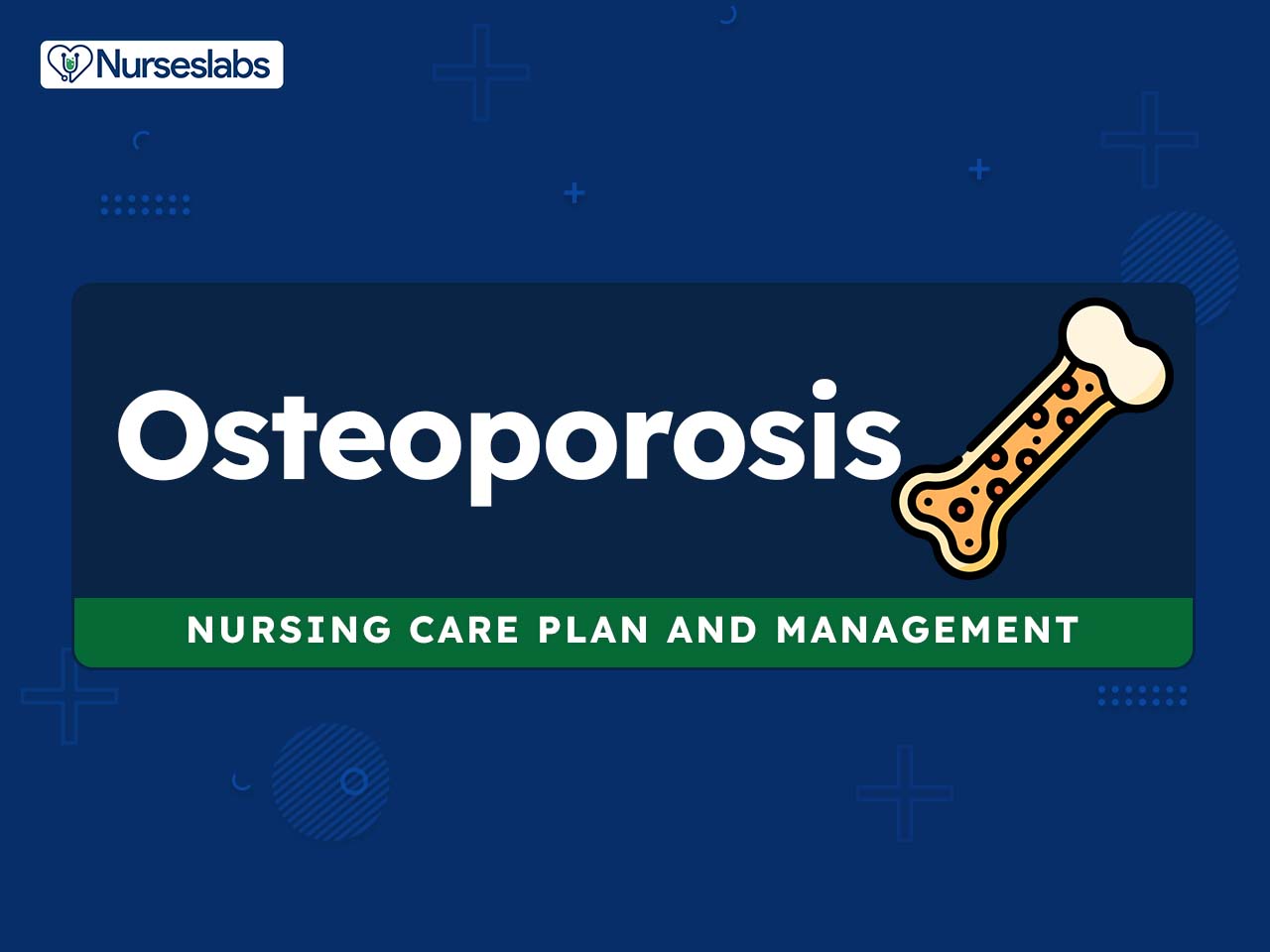
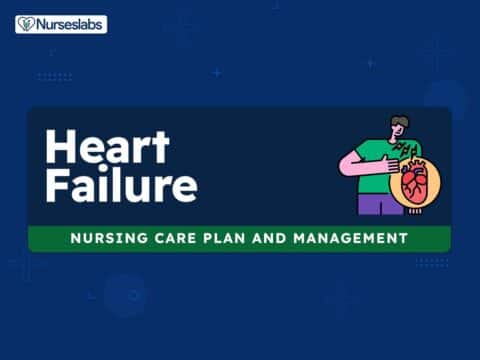


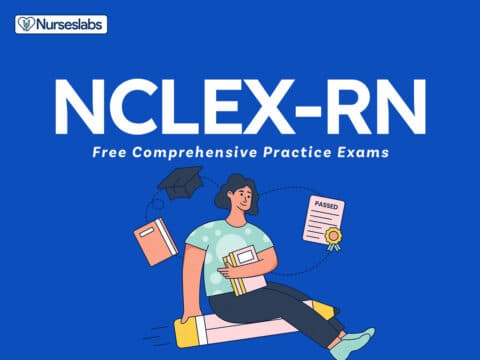




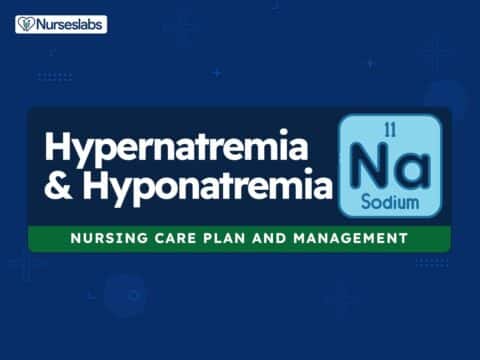


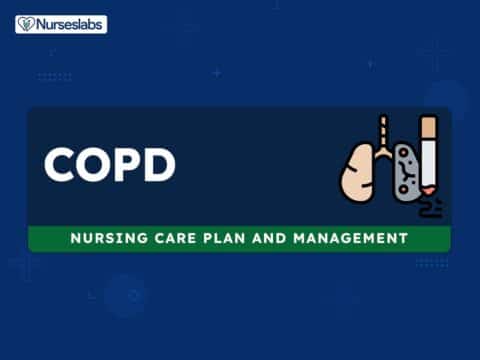
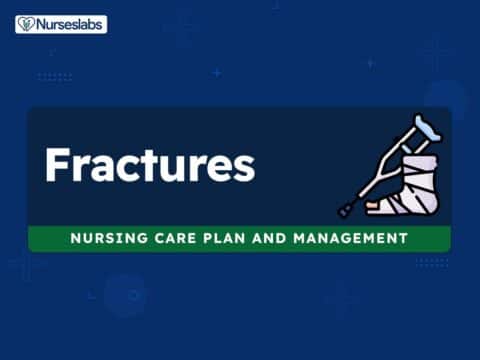
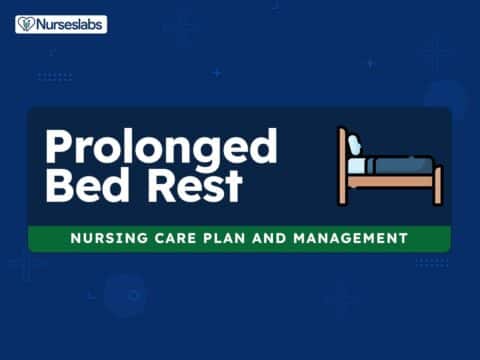
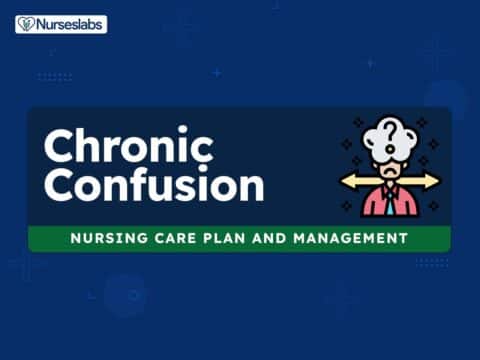
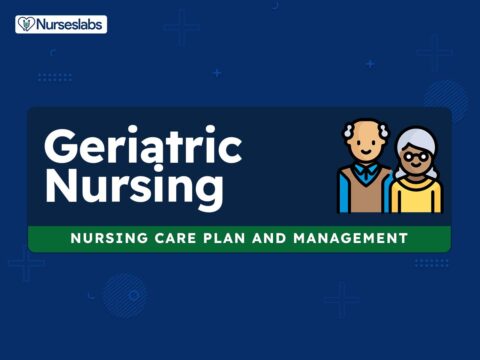
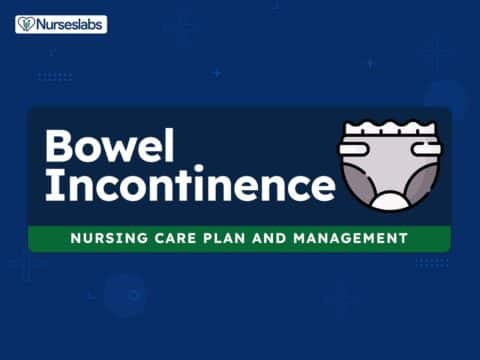
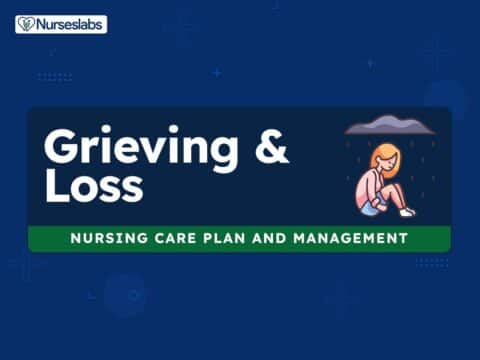
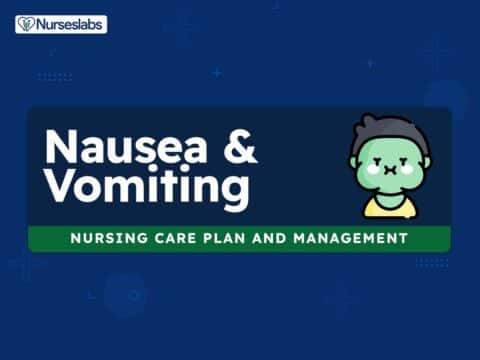
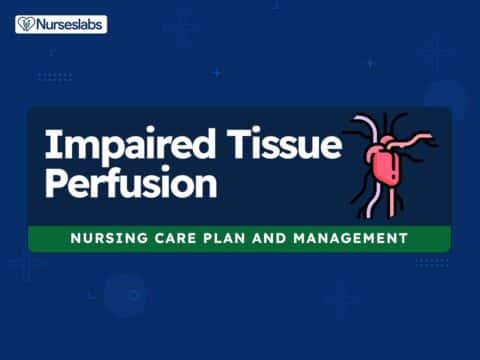

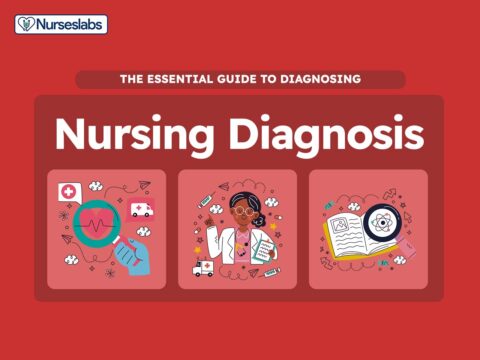
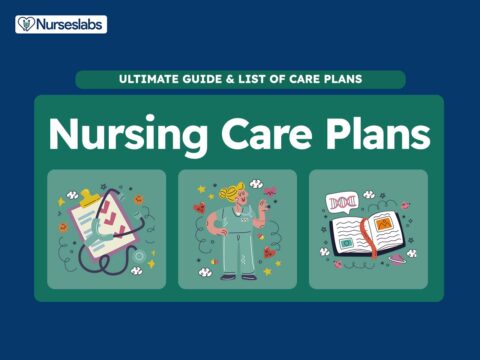
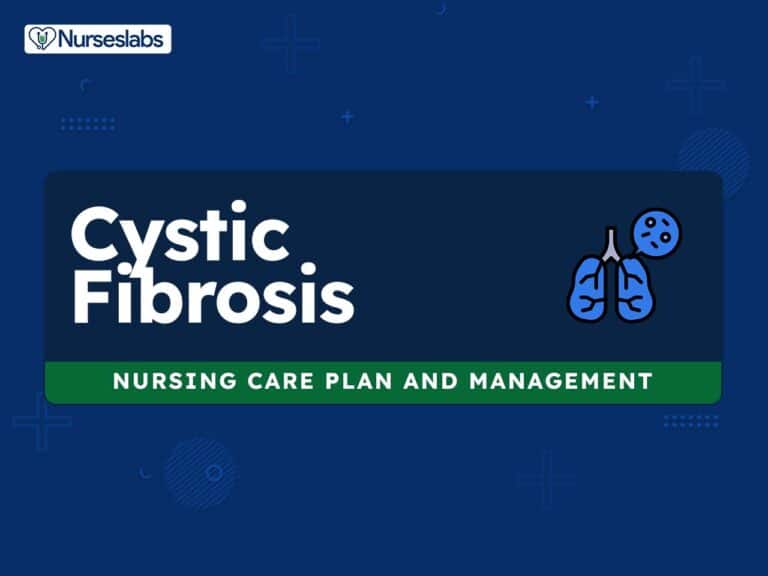
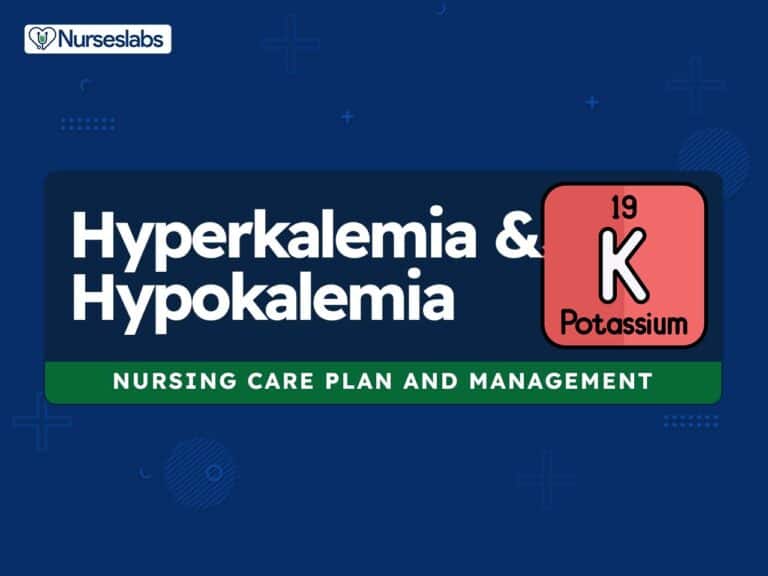
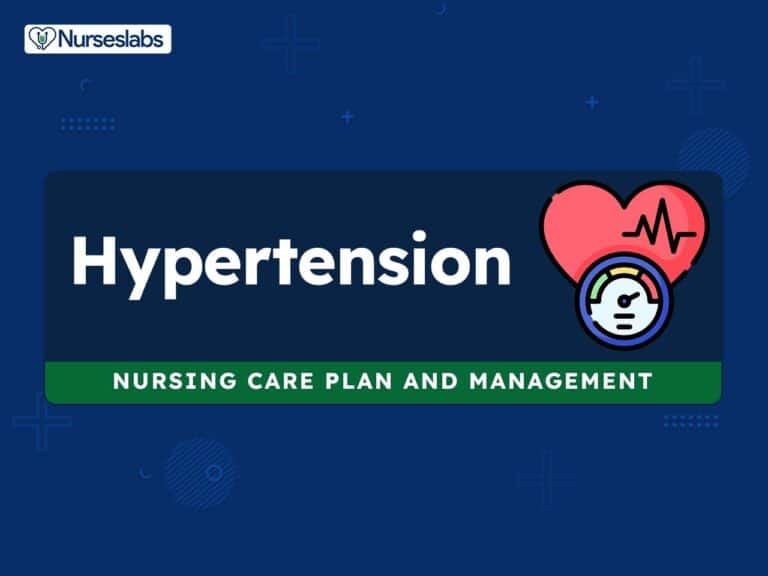
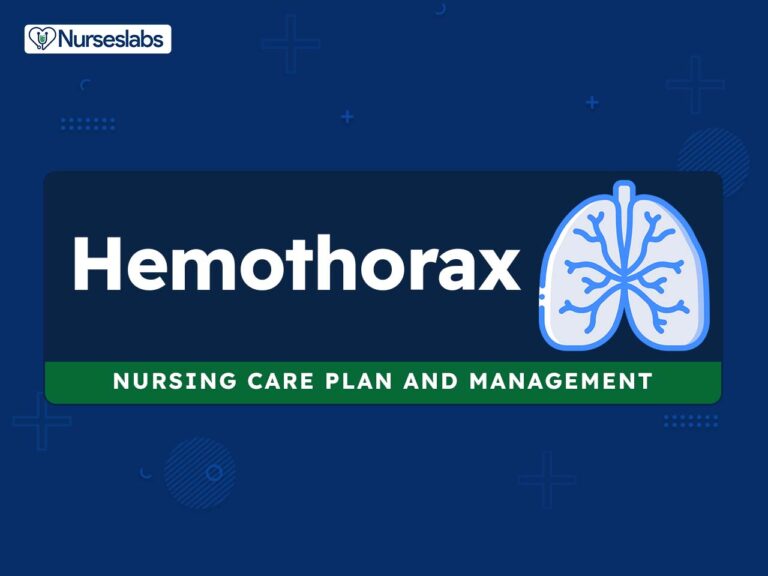
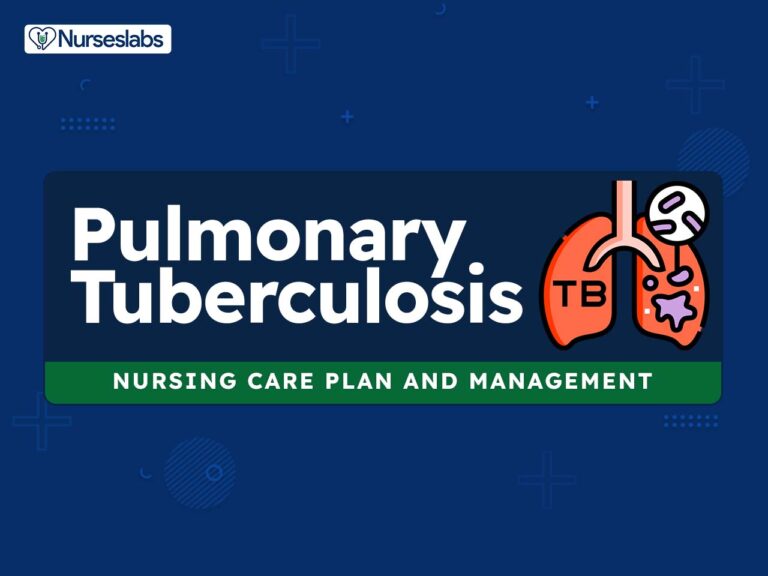
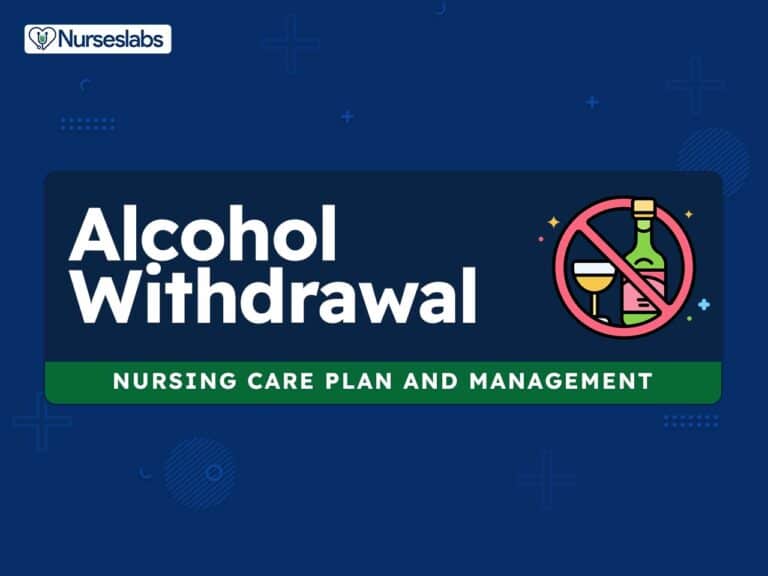

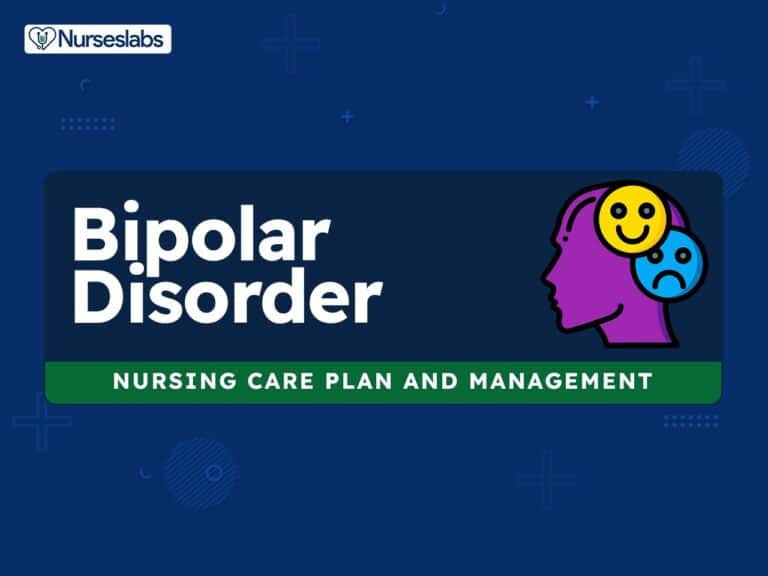
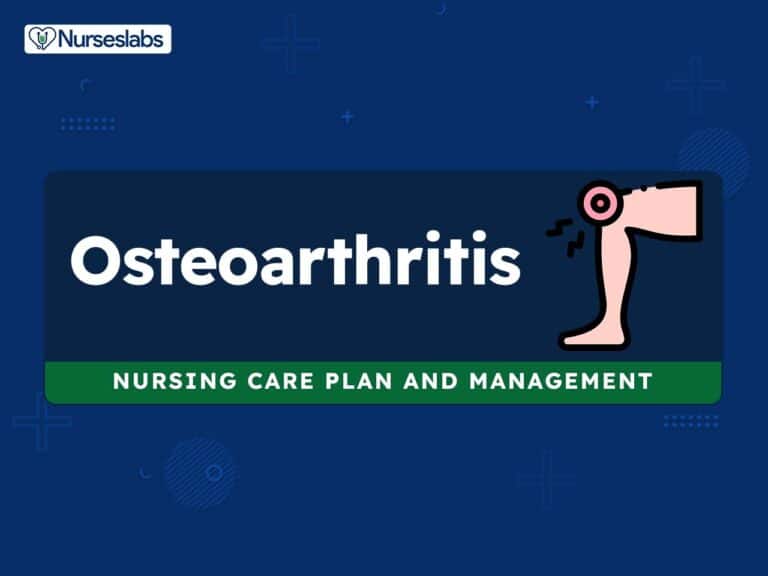
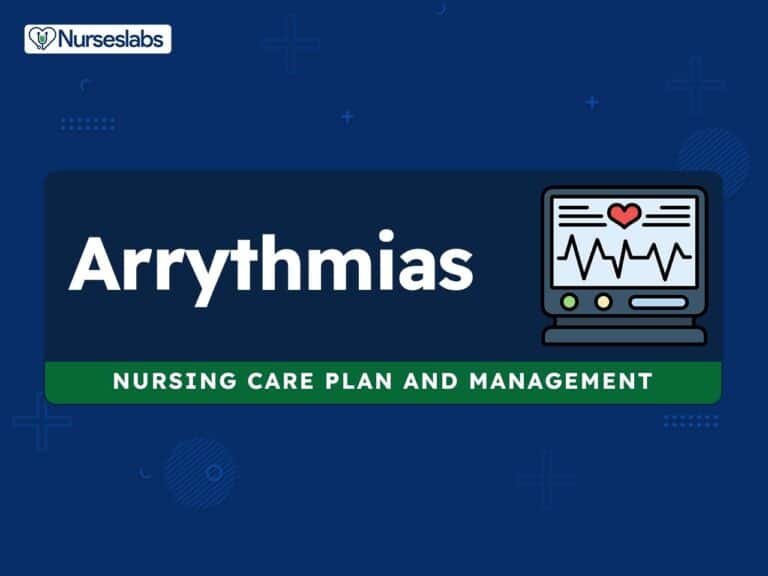
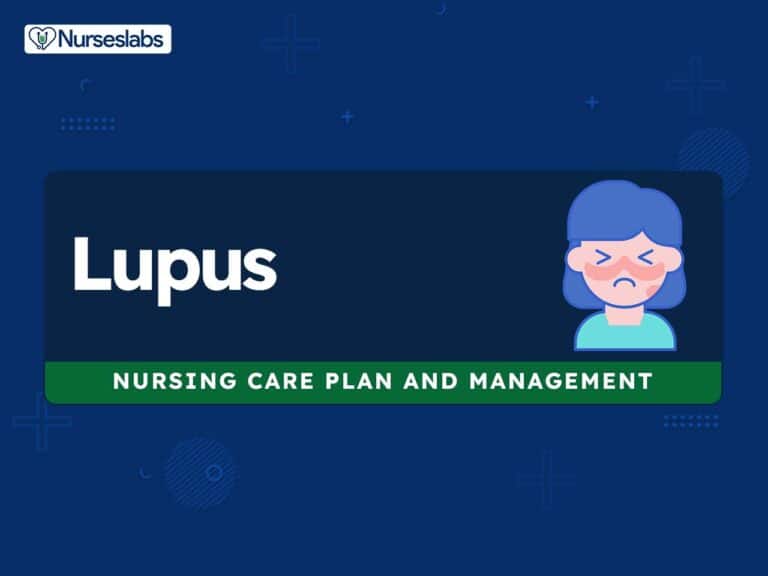
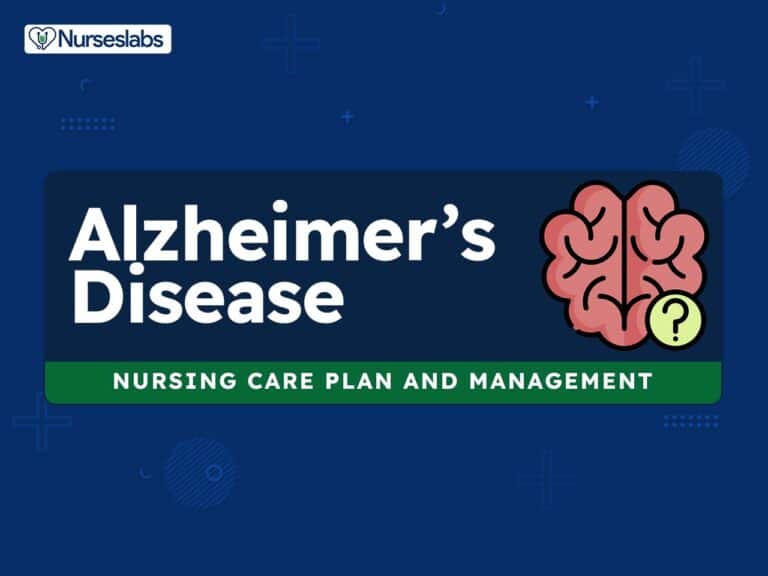
Leave a Comment